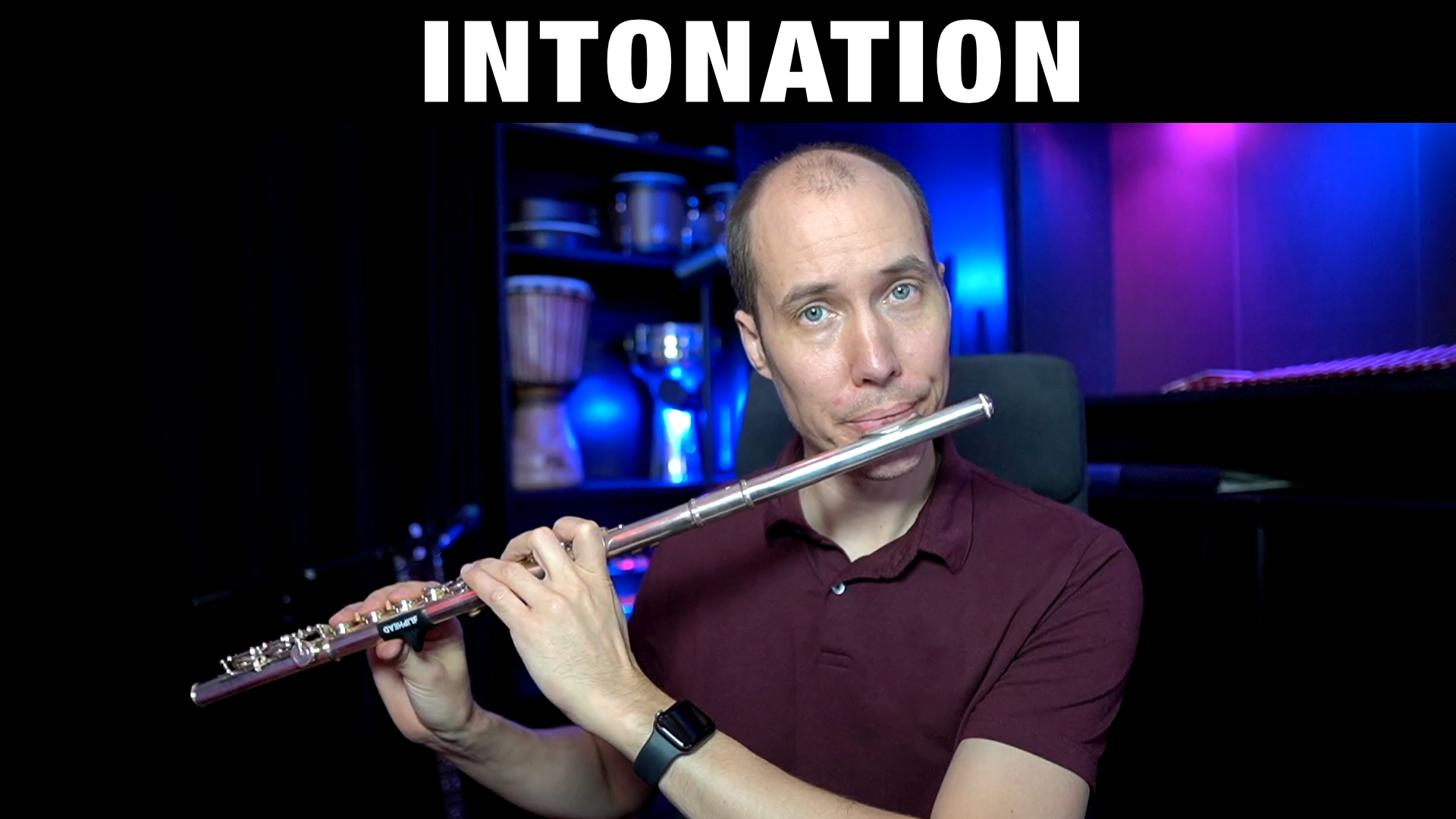 If you play a violin, flute, saxophone, clarinet, trumpet etc. you will always have to make adjustments to play each note in tune.
If you play a violin, flute, saxophone, clarinet, trumpet etc. you will always have to make adjustments to play each note in tune.
But if you play piano, guitar or other fixed notes type instruments, you are lucky. It means you will not have to “fight” with pitch for each note you play. However, a lot of music instruments require you as the player to find the proper intonation (pitch) for each note.
So how can you practice intonation more efficiently, to both improve your ear for what each note should sound like in pitch, as well as your muscle memory, breath control, reed control etc. or whatever you need to do to get the proper intonation for each note?
5 Tips on Improving Instrument Intonation
1 – Practice with a Tuner
I recommend that you always practice with a tuner in front of you, so you can get a technical and quick overview of the exact frequency your are currently playing.
A tuner is especially important for beginners on any instrument of course, but intermediate players and even experienced players can benefit a lot from having a tuner available at practice sessions.
2 – Practice Scales and Arpeggios
Scales and arpeggios are not only important for muscle memory and co-ordination on your instrument, but they are incredible for training your ears for how each interval sound on your instrument, and your pitch recognition of all the notes and intervals.
3 – Play with a Drone Sound
A drone is simply a ever-sustaining note, in most cases the root of the key you want to play in, that basically becomes a harmonic anchor for your ears.
This makes it very good for intonation training, as you will always hear that perfect tonic (root note) droning on and on. Sometimes the perfect 5th and even the octave, are used for this backing drone sound as well.
4 – Use a Backing Track
Playing against a backing track with “perfect” intonation in the performance is not only more fun and creative for you as a player, you will also get into the feel of the proper pitches for each note as you play over this backing track.
5 – Avoid Expressive Techniques
Since your purpose is to practice intonation you should avoid using expressive techniques that “mask” the pure tone. So don’t use vibrato, note bends, slides, grace notes etc.
Instead, try to hit each note as close to the perfect pitch as possible, and if you feel and hear that you are off, make the tiny adjustments in your performance as you play,
